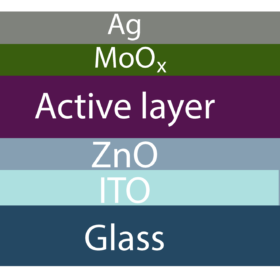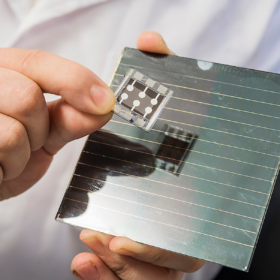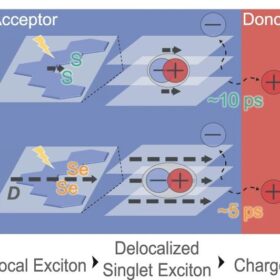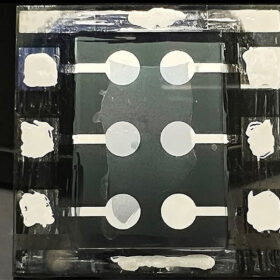Ultra-short-term PV forecasting based on convolutional neural network, long short-term memory
Scientists have created a novel probabilistic model for 5-minutes ahead PV power forecasting. The method combines a convolutional neural network with bidirectional long short-term memory, attention mechanism, and natural gradient boosting.
Open-source dataset for rooftop PV generation in urban environments
A group of scientists has developed an open-source dataset comprising three years’ worth of data from Hong Kong’s largest behind-the-meter rooftop solar power project. Power generation was collected at 5-minute intervals, and meteorological data at 1-minute.
Inverted perovskite solar cell based on co-absorbed self-assembled monolayer achieves 24.68% efficiency
A research team in China improved the efficiency and stability of an inverted perovskite cell using a co-adsorbed approach to incorporate self-assembled monolayers at the hole transport layer.
Organic PV module based on ultra-narrow interconnections achieves record-breaking efficiency of 16.1%
New research from China shows that ultra-narrow interconnections may considerably improve organic PV performance. The scientists built a 11.08 cm2 panel with an impressive geometric fill factor of 98%.
Perovskite solar cell achieves higher stability with new tin oxide layer
Using atomic layer deposition, a research team from the City University of Hong Kong has created an an oxygen-deficient tin oxide layer to replace the more common fullerene electron transport layer in perovskite solar cells. The result is a 25%-efficient device that is able to retain around 95% of its efficiency after 2,000 h.
Scientists say concavities in perovskite films may improve solar cell stability
Hong Kong University of Science and Technology (HKUST) researchers have gained insights into perovskite microstructure. After removing grain surface concavities in the crystalline grains of perovskite, they fabricated a solar cell with improved efficiency retention under standardized thermal cycling, damp heat, and maximum-power-point tracking tests.
Semi-transparent PV window based on passive radiative cooling coating
Scientists have manufactured and analyzed a novel coating for semi-transparent photovoltaic glazing that reportedly offers remarkable energy yield and a low heat gain rate. Through outdoor experiments, the researchers also found the glazing also provides satisfactory high-quality indoor lighting conditions.
Non-fullerene organic solar cell with selenium acceptor achieves 19% efficiency
Researchers in China have designed an organic solar cell the uses an acceptor based on selenium as an alternative to commonly utilized non-fullerene acceptors. The new acceptor enabled the cell to have reduced non-radiative recombination loss and improved dielectric constant.
Beny launches PV-ready EV charging station
Beny New Energy says its new charger can deliver power at a range of 360 kW—600 kW. It supports various connection standards.
Hong Kong researchers develop inverted perovskite solar cell with 25.6% efficiency
The research team said the cell also achieved remarkable thermal stability, as it was able to retain 90% of its original efficiency for over 1,000 h. The device uses a self-assembled monolayer to stabilize the interface between the perovskite absorber and the hole transport layer.









